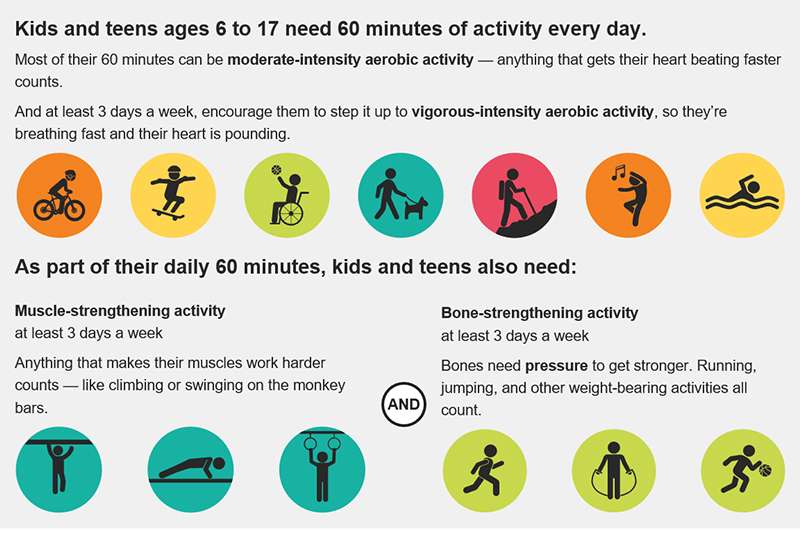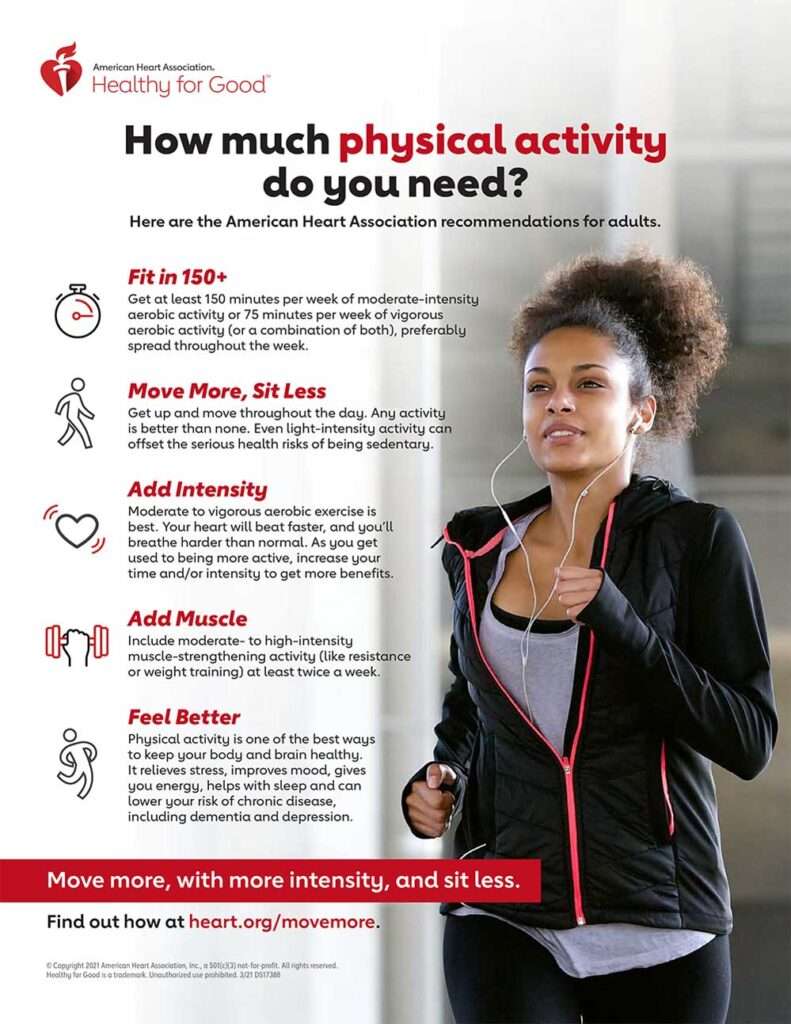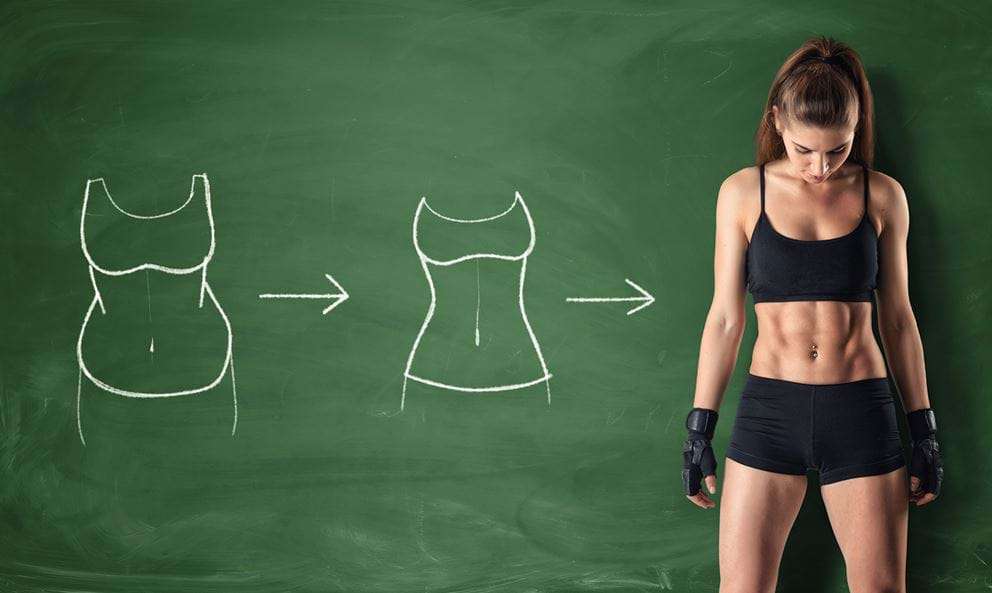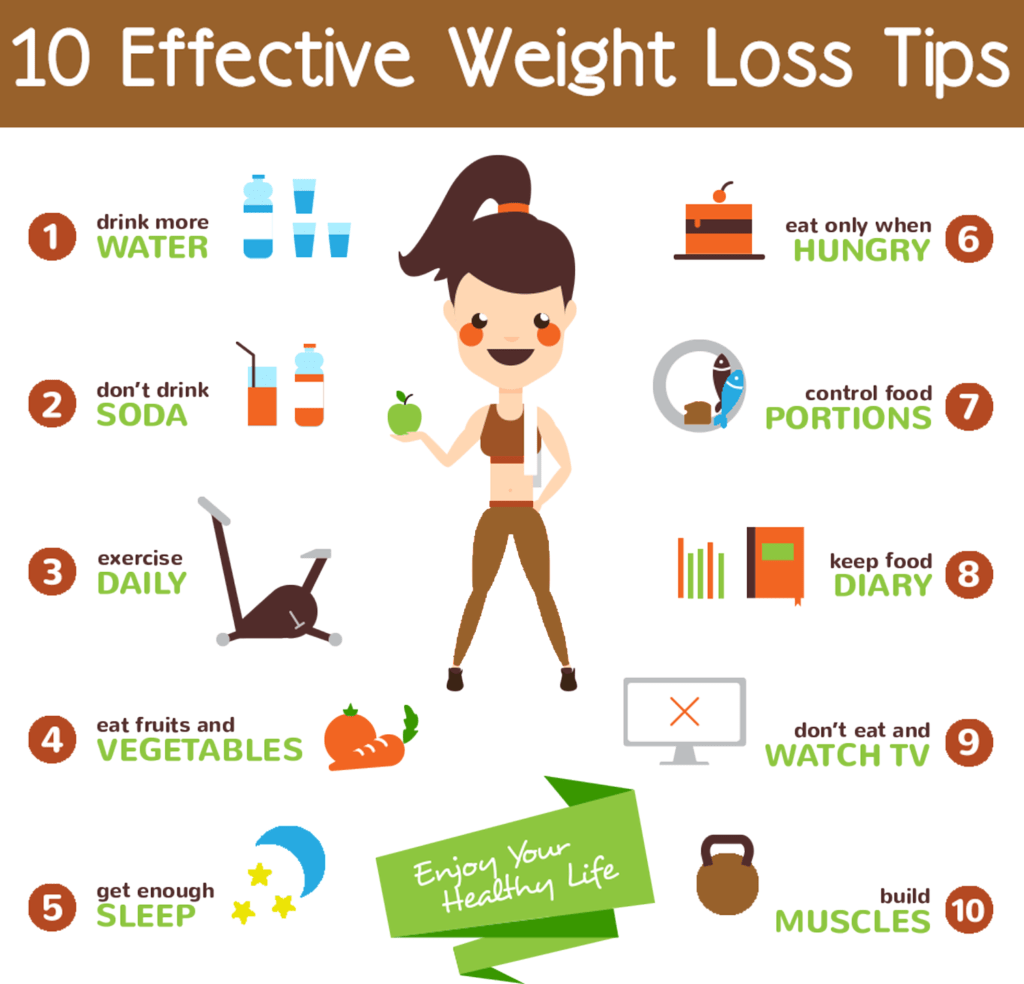Have you ever wondered how much physical activity you need to lose weight? It’s a common question, and the answer might surprise you. You might be thinking, “Do I have to spend hours at the gym every day, sweating it out on the treadmill?” Well, the good news is that it’s not as daunting as you may think. In fact, you don’t need to spend hours upon hours exercising to shed those extra pounds.
The amount of physical activity you need to lose weight depends on various factors, such as your current weight, age, and overall health. The general recommendation is to aim for at least 150 minutes of moderate-intensity aerobic activity or 75 minutes of vigorous-intensity aerobic activity per week. This can be fulfilled by engaging in activities like brisk walking, swimming, cycling, or dancing. You can also incorporate strength training exercises at least two days a week to build lean muscle mass and boost your metabolism. The key is to find activities that you enjoy and that fit into your lifestyle. The good news is that every little bit counts, so even if you can only manage a few minutes of activity at a time, it’s still beneficial for weight loss.
In conclusion, there is no one-size-fits-all answer to how much physical activity you need to lose weight. It depends on various factors, and the best approach is to find a balance that works for you. Remember, consistency is key, so aim to incorporate regular physical activity into your daily routine. And don’t forget to consult with a healthcare professional or a fitness expert to tailor a plan that suits your individual needs and goals. Now that you have a better understanding of the basics, read on to learn more about the different types of physical activity and their benefits for weight loss.

Understanding Weight Loss
The Science of Weight Loss
Losing weight is a common goal for many individuals, but it’s important to understand the science behind it. Weight loss occurs when you burn more calories than you consume. This creates a calorie deficit, which forces your body to tap into its fat stores for energy. It’s a simple concept, but achieving weight loss can be a complex process.
Factors Affecting Weight Loss
Several factors can influence your weight loss journey. Genetics, metabolism, age, and gender play a role in how your body processes calories and stores fat. Additionally, your lifestyle, eating habits, and overall health can affect your ability to lose weight. Understanding these factors can help you customize a weight loss plan that suits your needs and goals.
Importance of Physical Activity in Weight Loss
While reducing your calorie intake is an essential part of weight loss, physical activity plays a crucial role as well. Regular exercise not only burns calories but also helps build lean muscle mass. Muscle burns more calories than fat, even at rest, which can further enhance your weight loss efforts. Engaging in physical activity also improves cardiovascular health, strengthens bones, and boosts overall well-being.
Determining Your Weight Loss Goals
Consulting with a Healthcare Professional
Before embarking on any weight loss journey, it’s important to consult with a healthcare professional. They can assess your overall health, discuss any underlying conditions or concerns, and provide personalized guidance. A healthcare professional will also help determine a safe and realistic weight loss goal based on your individual circumstances.
Setting Realistic Weight Loss Goals
When setting weight loss goals, it’s crucial to be realistic. Losing 1-2 pounds per week is generally considered a healthy and attainable target. This gradual weight loss allows for sustainable habits and reduces the risk of regaining lost weight. Keep in mind that everyone’s weight loss journey is unique, and focusing on overall health rather than a specific number on the scale is key.
Calculating Caloric Deficit
To lose weight, you need to create a caloric deficit by consuming fewer calories than you burn. It’s generally recommended to aim for a deficit of 500-1000 calories per day to achieve healthy weight loss. However, it’s essential to strike a balance and not restrict calories excessively, as this can lead to nutrient deficiencies and other health issues. Tracking your food intake and calculating your daily caloric needs can help you create an effective weight loss plan.

Types of Physical Activity
Aerobic Exercises
Aerobic exercises, also known as cardiovascular exercises, are excellent for weight loss. These activities increase your heart rate, burn calories, and improve overall cardiovascular health. Examples of aerobic exercises include walking, jogging, swimming, cycling, and dancing. Aim for at least 150 minutes of moderate-intensity aerobic exercise or 75 minutes of vigorous-intensity aerobic exercise each week for optimal weight loss benefits.
Strength Training
Strength training is another essential component of a weight loss plan. Building muscle through resistance exercises increases your metabolism, allowing you to burn more calories throughout the day. Strength training exercises can include weightlifting, bodyweight exercises, or using resistance bands. Aim for two or more days of strength training each week, targeting all major muscle groups.
Flexibility and Balance Exercises
While flexibility and balance exercises may not directly contribute to weight loss, they are important for overall fitness and injury prevention. Activities such as yoga, Pilates, and tai chi can improve flexibility, balance, and body awareness. These exercises can also promote relaxation and reduce stress, which can indirectly support weight loss efforts.
Recommended Duration and Frequency
General Guidelines for Adults
For adults aiming for weight loss, the American Heart Association recommends at least 150 minutes of moderate-intensity aerobic exercise or 75 minutes of vigorous-intensity aerobic exercise each week. This can be spread out over several days. Additionally, two or more days of strength training targeting all major muscle groups is recommended.
Special Considerations for Different Age Groups
While the general guidelines apply to most adults, specific age groups may have additional considerations. Older adults may benefit from exercises that focus on balance and stability to prevent falls. Pregnancy or postpartum individuals should consult with a healthcare professional to determine appropriate exercise routines. Children and adolescents should engage in age-appropriate activities that promote overall fitness and healthy development.
Modifications for Individuals with Health Conditions
If you have any underlying health conditions, it’s important to consider modifications to your exercise routine. Individuals with chronic conditions such as heart disease, diabetes, or obesity should work closely with healthcare professionals and consider exercises that accommodate their specific needs. Always consult with a healthcare professional before engaging in any new exercise regimen.

Finding Motivation to Stay Active
Setting Short-Term and Long-Term Goals
Setting goals is essential for staying motivated. Start by setting small, achievable goals that can be accomplished within a short time frame. As you achieve these goals, set new ones that are slightly more challenging. This progression will keep you motivated and give you a sense of accomplishment along the way.
Incorporating Physical Activity into Daily Life
Finding ways to incorporate physical activity into your daily routine can help you stay active without feeling overwhelmed. Take the stairs instead of the elevator, go for a walk during your lunch break, or park your car farther away from your destination. These small changes can add up and contribute to your overall activity level.
Joining Fitness Classes or Clubs
Joining fitness classes or clubs can provide structure, social support, and accountability. Whether it’s a group exercise class, a running club, or a sports team, participating in activities with others who share similar goals can be motivating and enjoyable. It’s also an opportunity to learn new exercises, techniques, and tips from experienced individuals.
Creating an Effective Workout Plan
Balancing Cardiovascular and Strength Training
A well-rounded workout plan should include a balance of cardiovascular exercises and strength training. Incorporating both types of exercises ensures that you burn calories, build muscle, and improve overall fitness. Aim for at least three to five sessions per week, alternating between cardio and strength training workouts.
Varying Exercise Intensity
Varying the intensity of your workouts can help challenge your body and prevent plateaus. Incorporate high-intensity interval training (HIIT) sessions, which involve short bursts of intense activity followed by periods of rest or lower intensity. This can boost your metabolism and maximize calorie burn even after your workout is finished.
Incorporating Rest Days
Rest days are just as important as exercise days. Giving your body time to recover and repair itself is crucial for preventing injuries and optimizing performance. Schedule one or two rest days per week, where you can engage in light activities such as stretching, yoga, or leisurely walks.

Tracking Progress and Making Adjustments
Using Fitness Apps and Wearable Devices
Tracking your progress can be motivating and help you stay on track with your weight loss goals. Fitness apps and wearable devices can monitor your activities, calories burned, heart rate, and other metrics. They can provide valuable insights, allowing you to make adjustments to your exercise routine and stay accountable.
Measuring Weight Loss and Body Measurements
While weight loss is a common goal, it’s not the only indicator of progress. By measuring other aspects such as body measurements, body fat percentage, or how your clothes fit, you can get a more comprehensive view of your progress. Sometimes, the scale may not reflect your efforts accurately, so it’s important to focus on overall improvements in health and well-being.
Adapting Physical Activity as Weight Loss Plateaus
As you progress in your weight loss journey, it’s common to experience plateaus, where weight loss slows down or stalls. During these times, it’s important to assess your exercise routine and make necessary adaptations. This can include increasing workout intensity, duration, or trying new activities to challenge your body and overcome the plateau.
Benefits of Physical Activity Beyond Weight Loss
Improving Mental Health and Mood
Physical activity has numerous benefits beyond weight loss. Regular exercise has been shown to improve mental health, reduce symptoms of depression and anxiety, and boost overall mood. Engaging in physical activity releases endorphins, which are known as “feel-good” hormones, promoting a sense of well-being and reducing stress.
Boosting Energy Levels
Contrary to popular belief, physical activity can actually boost energy levels rather than deplete them. Regular exercise increases blood flow and oxygenation, improving cardiovascular health and overall energy levels. It also helps improve sleep quality, allowing you to wake up feeling refreshed and energized.
Reducing the Risk of Chronic Diseases
Leading a physically active lifestyle can significantly reduce the risk of chronic diseases. Regular exercise has been shown to lower the risk of heart disease, stroke, type 2 diabetes, and certain types of cancer. It also helps maintain healthy blood pressure, cholesterol levels, and blood sugar control. Incorporating physical activity into your daily routine is a powerful tool in disease prevention and overall health maintenance.

Importance of Proper Nutrition
Balanced Diet for Weight Loss
Physical activity alone is not enough for weight loss; proper nutrition is equally important. Consuming a balanced diet that is rich in fruits, vegetables, whole grains, lean proteins, and healthy fats provides the necessary nutrients to support your body’s functions and promote weight loss. Avoiding processed and sugary foods and controlling portion sizes are key for successful weight loss.
Combining Exercise and Nutritional Intake
Weight loss occurs when there is a calorie deficit, so it’s crucial to find the right balance between exercise and nutritional intake. Fueling your body with the right nutrients before and after workouts can enhance performance and aid in muscle recovery. Consulting with a registered dietitian or nutritionist can help you create a personalized meal plan that complements your exercise routine.
Seeking Professional Guidance
If you’re unsure about how to navigate the world of diet and exercise, seeking professional guidance is highly recommended. A registered dietitian or nutritionist can provide evidence-based nutrition advice and help you develop a meal plan that supports your weight loss goals. They can also assist in addressing any dietary restrictions or special considerations you may have.
Conclusion
When it comes to weight loss, physical activity plays a crucial role. It not only burns calories but also strengthens your body, improves overall health, and enhances well-being. Finding a balance between aerobic exercises, strength training, and flexibility exercises is key to achieving your weight loss goals. Remember to consult with a healthcare professional, set realistic goals, and be consistent in your efforts. With the right mindset, determination, and a well-planned workout routine, you can successfully lose weight and enjoy the numerous benefits of physical activity.
